EV/EBITDA Explained: A Key Valuation Multiple for Investors
Valutico
MAY 19, 2025
Key Takeaways Here are the key takeaways from this guide on EV/EBITDA: EV/EBITDA is a valuation multiple that compares a company’s total value (Enterprise Value) to its operational earnings before interest, taxes, depreciation, and amortization (EBITDA). The multiple is calculated as Enterprise Value (EV) divided by EBITDA.

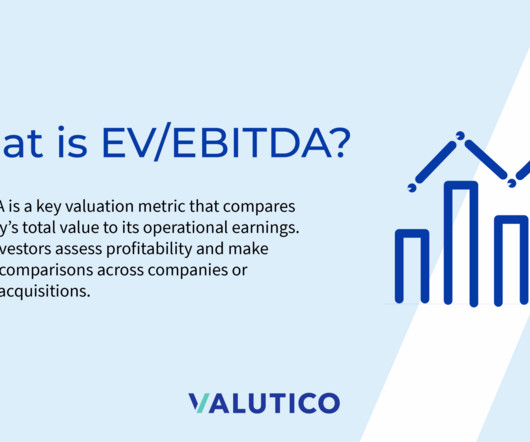
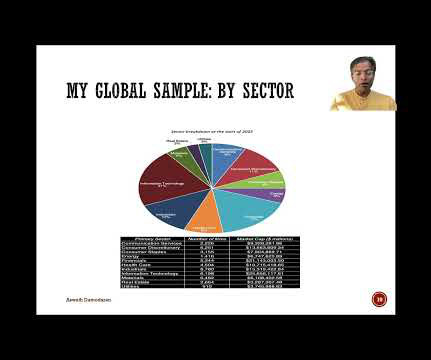
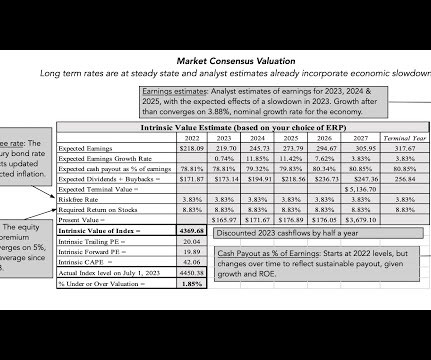


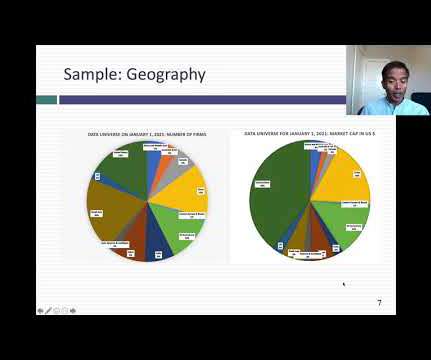
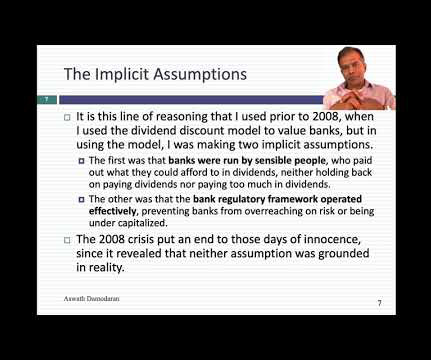
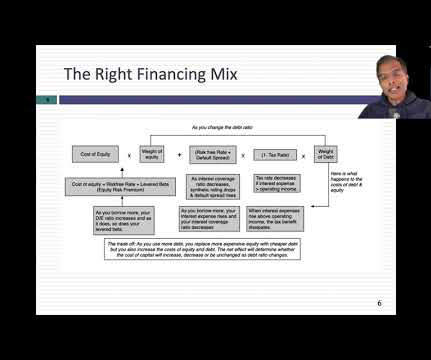
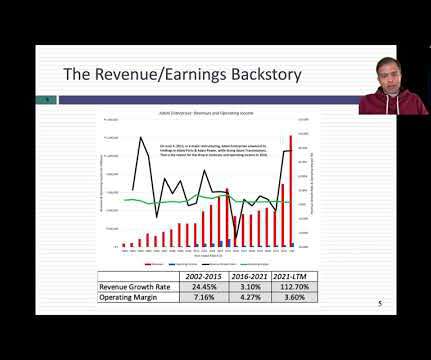
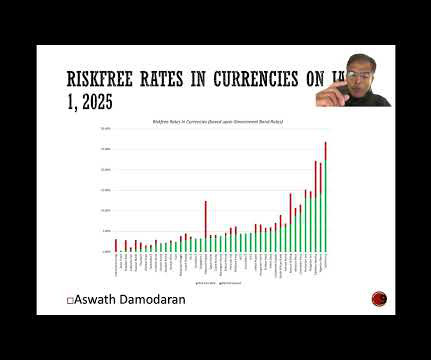






Let's personalize your content